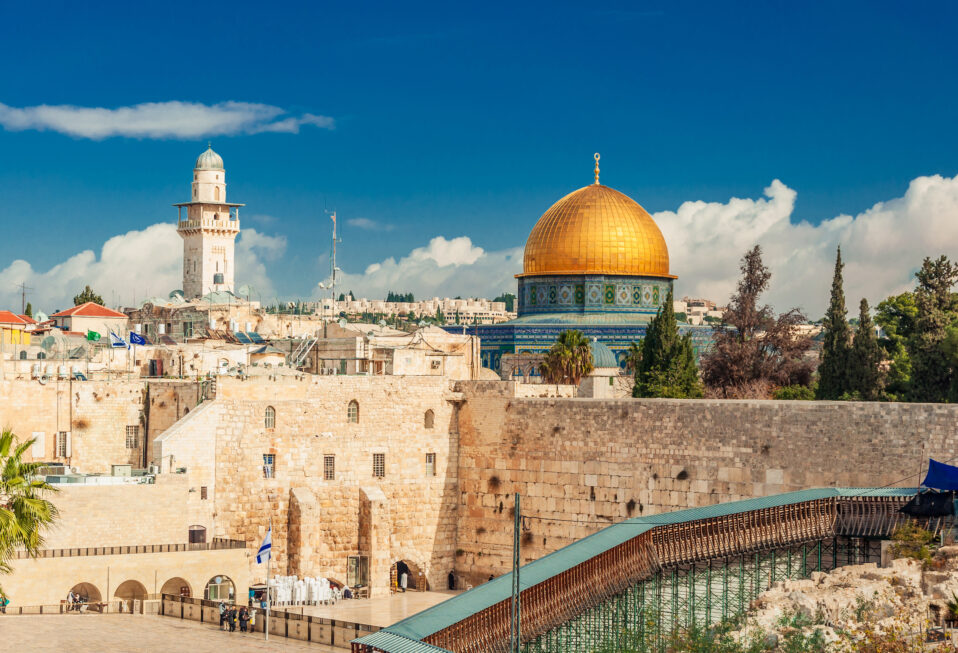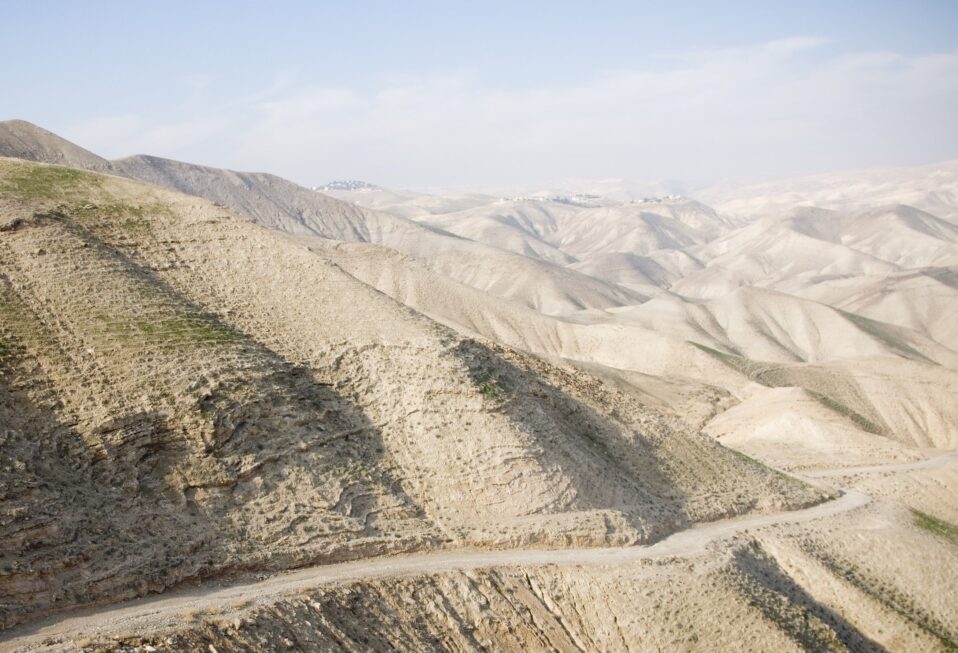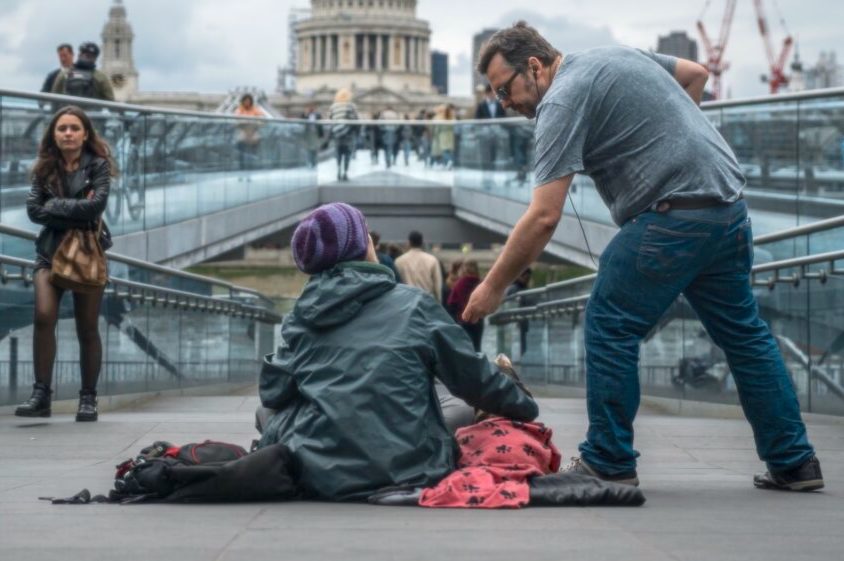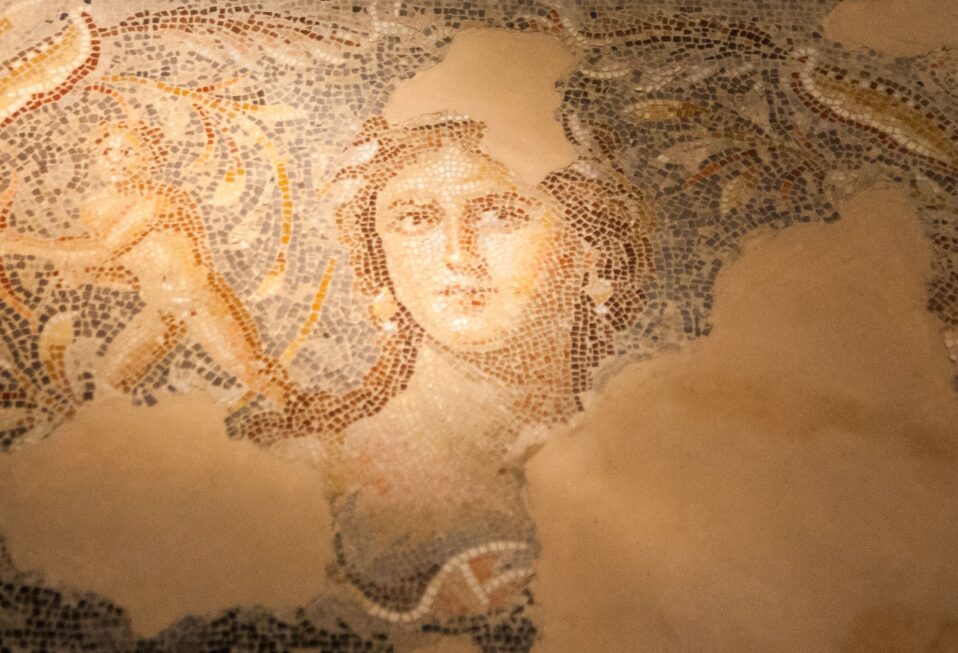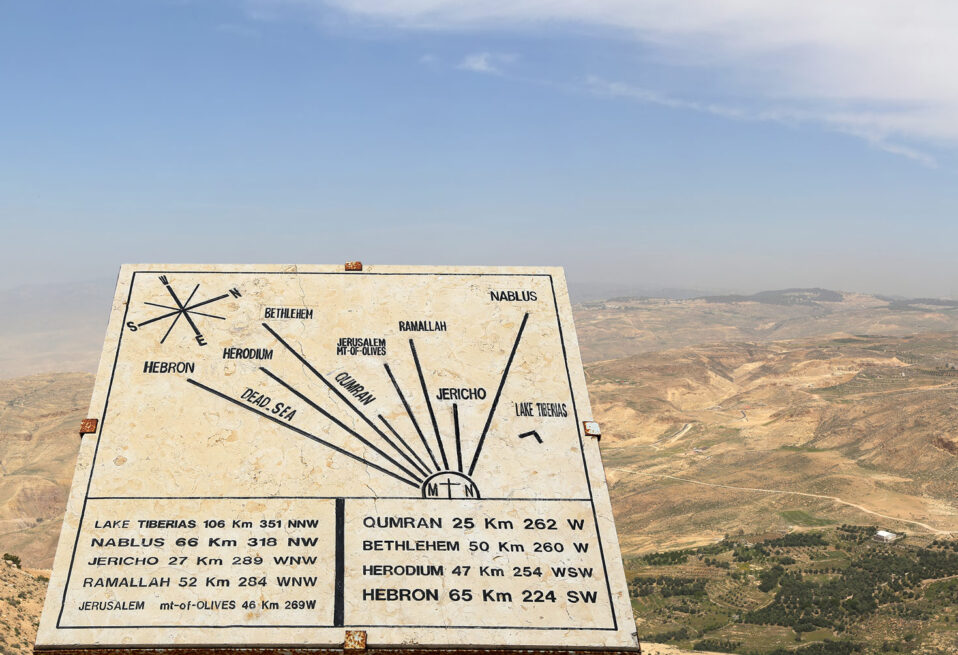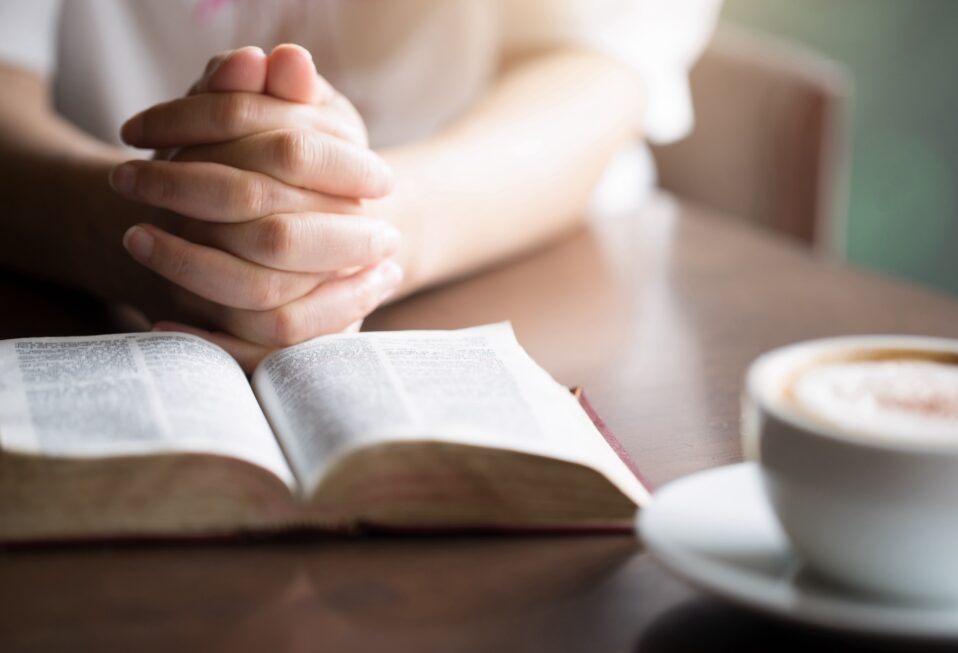Paul’s community of believers in Corinth was a mess. They had all kinds of issues. A man had taken his stepmother from his father. There was the question of eating meat sacrificed to idols. They abused the Lord’s Supper by the wealthy eating and getting drunk while the poor went away hungry.
Their communal times of worship were chaos. At the center of all of their problems were quarreling and divisions, which happened because these individuals put themselves and their rights above those of their neighbors.
We love to read 1 Corinthians 13—the love chapter—at weddings. You may even assume, if you haven’t read Paul’s entire letter in a while, that he wrote it for young married couples. But he didn’t. He actually positions this chapter between his discussion about corporate worship, the gifts of the Spirit within the body of Christ, and words of prophecy and tongues. Why?
In chapter 13, Paul offers a blueprint for how Christian communities should handle division, discord, and ego—the more excellent way: love. He begins by outlining a number of spiritual acts and practices. He concludes that even if he does all of these things, yet lacks love, they are worthless.
He then defines love: “Love is patient and kind; love is not jealous or boastful; it is not arrogant or rude. Love does not insist on its own way; it is not irritable or resentful; it does not rejoice at wrong but rejoices in the right. Love bears all things, believes all things, hopes all things, endures all things” (1 Corinthians 13:4-7 RSV).
The solution to the problems within the community in Corinth: love. Love as Paul defined it.
Reread Paul’s description of love for a moment. How would the practice of such love within our communities impact them and the wider world?
Paul viewed the divisions within the believing community as reflecting negatively upon the body of Christ. Such divisions undermined their testimony and witness. The solution to their my-way, me-first, my-gifts attitude was to act in love, for it will outlast prophecy and tongues.
Too often, our modern faith can reflect an egocentrism that opposes the teachings of Jesus and Paul. The evidence of our spiritual maturity is not our exercising of spiritual gifts, but rather how we love others.
Read Paul’s definition of love again. How would our world look if we lived like that? What would our proclamation of the living God be if we treated one another with love?
PRAYER
Father, may we love others as You have loved us. May the world around us see Your truth through the love we show them. Amen.




